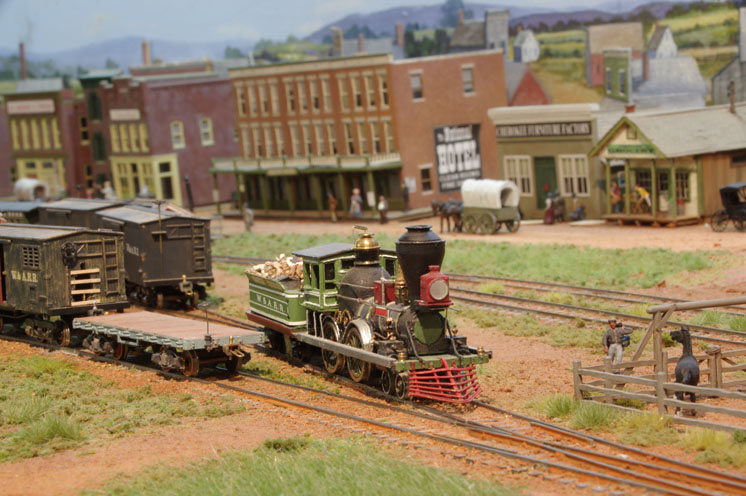
Featured in the October 2020 Model Railroader, Thom Radice’s HO scale Western & Atlantic model train layout is set during the American Civil War and a line that ran between Atlanta, Ga., and Chattanooga, Tenn. […]
Read More…
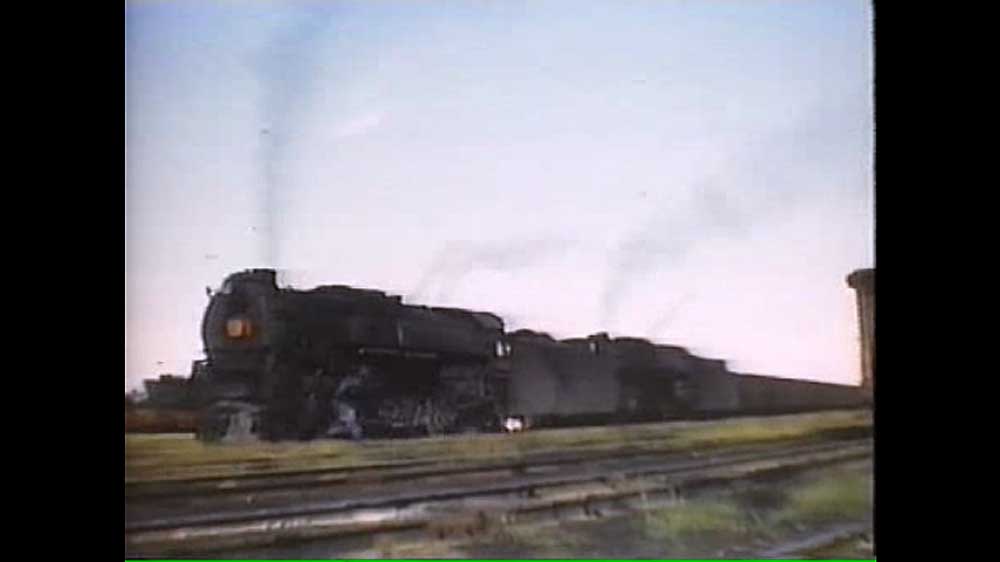
Watch video clips of Pennsy and Santa Fe 2-10-4’s from the Herron Rail Video program “Pennsylvania Glory, Part 2.” The PRR leased 12 5011-class engines from Santa Fe in summer 1956 for use on the Columbus-Sandusky line, where they worked beside PRR’s own J1’s. The Fall 2010 issue of Classic Trains features a study of […]
Read More…

Watch video clips of Pennsy and Santa Fe 2-10-4’s from the Herron Rail Video program “Pennsylvania Glory, Part 2.” The PRR leased 12 5011-class engines from Santa Fe in summer 1956 for use on the Columbus-Sandusky line, where they worked beside PRR’s own J1’s. The Fall 2010 issue of Classic Trains features a study of […]
Read More…
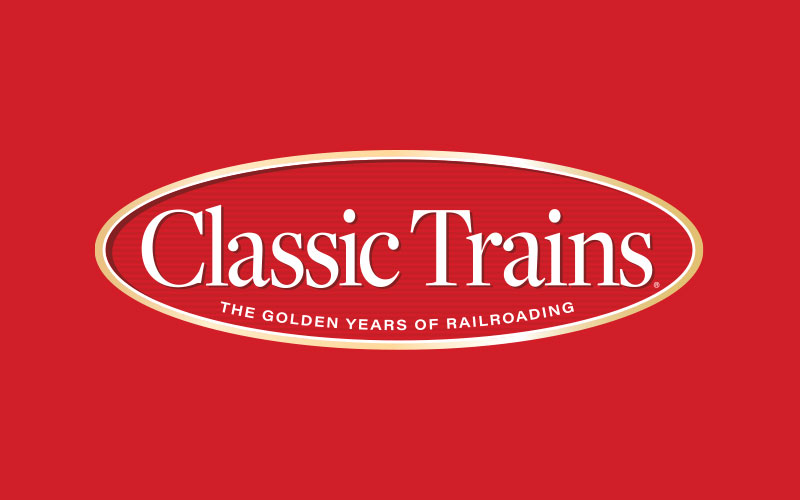
A supplement to the Classic Trains Online Look Back e-mail newsletter The pride of Sandusky, Ohio, is the huge Cedar Point Amusement Park on a peninsula jutting into Lake Erie north of downtown. The pride of Cedar Point, at least for railfans, is its 2-foot-gauge steam-powered railroad. On June 26, 1966, Cedar Point was a […]
Read More…
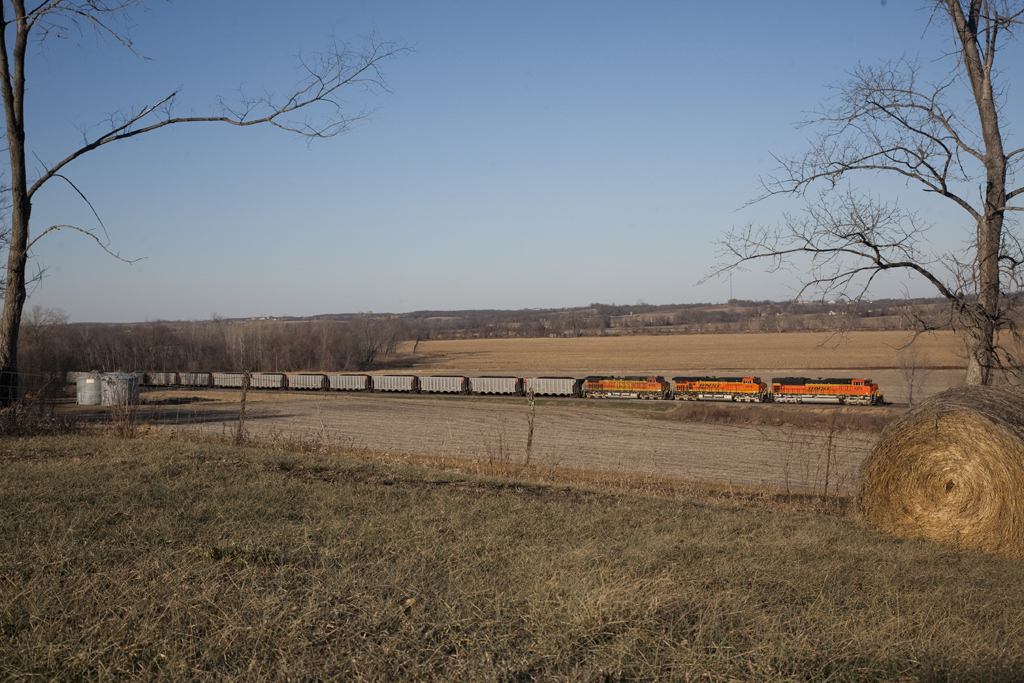
Three BNSF Railway diesels pull train CATMCXEO-88 past Chillicothe, Iowa, on a snowless Dec. 4, 2006. The train is crossing BNSF’s busy ex-Chicago, Burlington & Quincy route across southern Iowa, a key coal route for BNSF. Photo by Craig Williams […]
Read More…
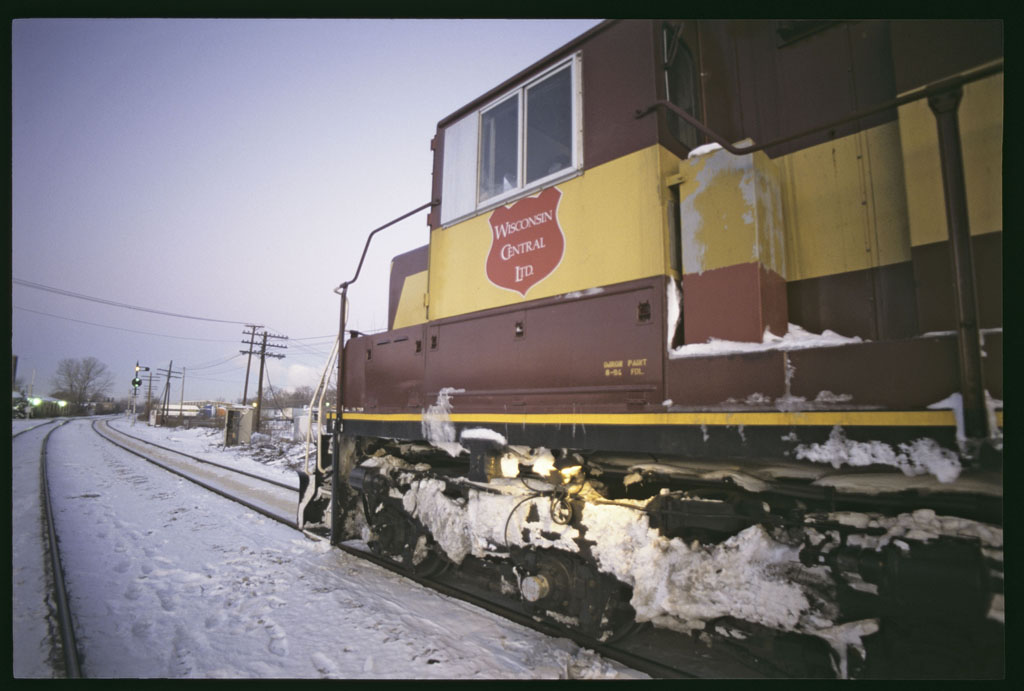
As the sun rises over a brutal Chicago morning, Wisconsin Central train T045 stares at a clear signal at Chatham Ave. at CSX’s Barr Yard. The train’s air is slow to come up on a -20 Jan. 17, 1997. William M. Beecher Jr. photo […]
Read More…
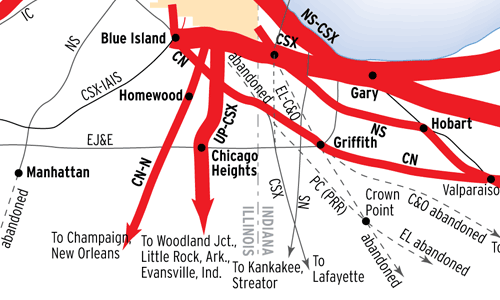
Traffic density changes in the past 30 years on freight railroads’ main lines to Chicago reflect factors both geographic and corporate. Geographic factors include the shift of manufacturing from domestic to offshore; air quality regulations that closed high-sulfur Western mines; and general population and economic growth. Corporate factors include the desire of railroad managements to […]
Read More…
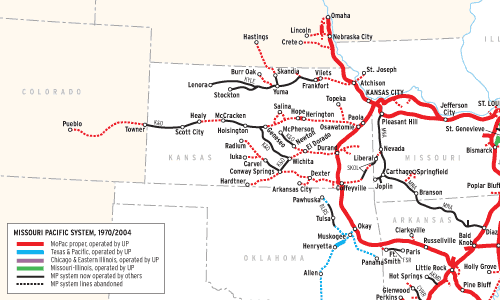
Before the mega-merger movement of the 1980s, only a few U.S. Class I systems attained route-mileage in five figures. Santa Fe, Southern Pacific, and Milwaukee Road did so by spanning the transcontinental West, Pennsylvania and New York Central bulked up in the East, and Chicago & North Western and Burlington Route (if you include its […]
Read More…
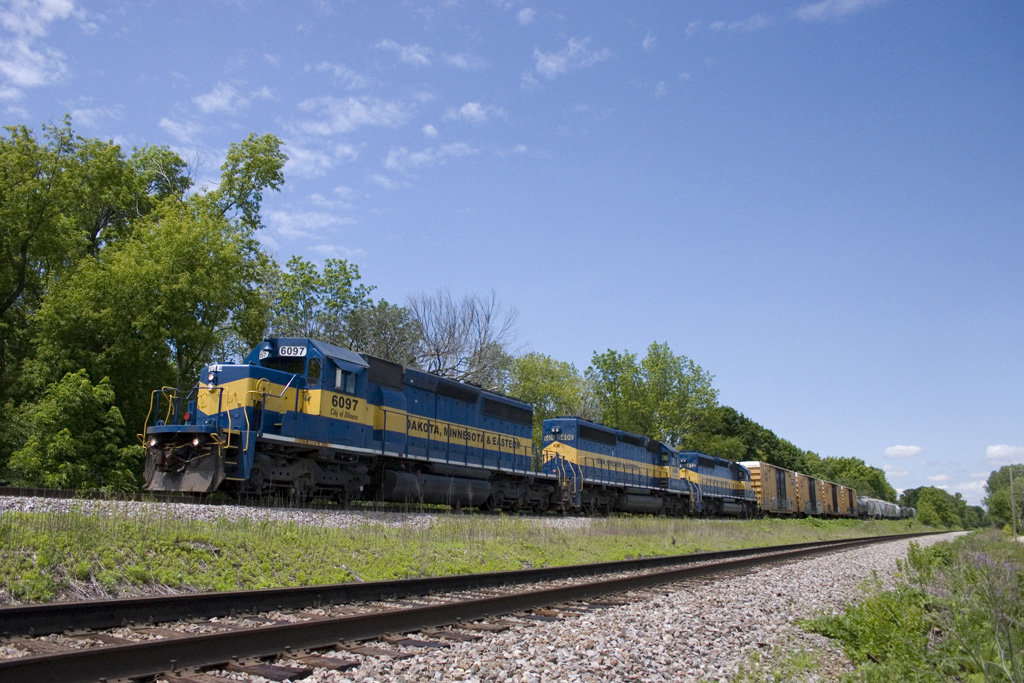
Dakota, Minnesota & Eastern SD40-3 no. 6097 is on point of train 486 as it glides through Elm Grove, WI on its way south to Chicago. This train’s counterpart, 487, will head west to the Twin Cities later in the day. Photo by Drew Halverson […]
Read More…
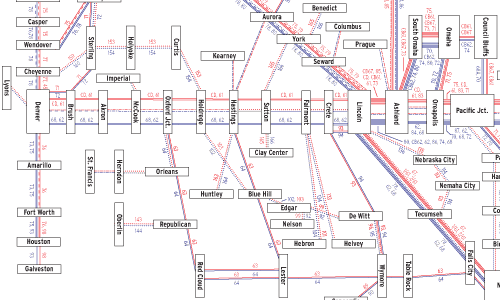
If you want a glimpse of railroad operations six decades ago, this map of the Chicago, Burlington & Quincy provides a window. It’s based on Burlington’s November 1947 freight train operating plan, a chart of schedules furnished to company officers. (Our map was modified to put eastbounds and westbounds on one page and converted to […]
Read More…
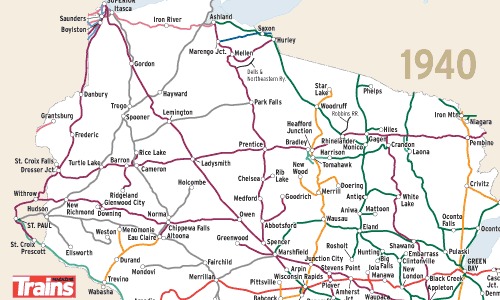
When Al Kalmbach published the first issue of Trains in November 1940, the company’s home state of Wisconsin boasted 6,675 route-miles of railroad, a total that had peaked at 7,500 two decades earlier and was declining. Lingering effects from the Great Depression kept the state’s three largest railroads in bankruptcy — Chicago & North Western, […]
Read More…
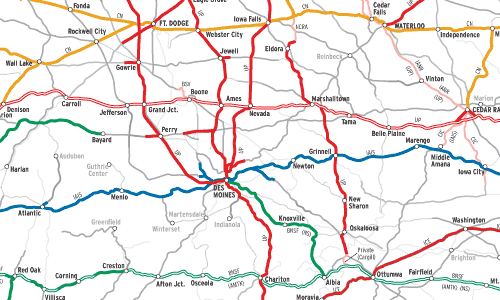
Iowa has been the poster-child state for the overbuilding of railways in the era before paved roads. In his “Iowa: Half Its Trains Don’t Go There Anymore” [April 1986 Trains], author Charles Bohi said Hawkeye State kids were taught “there is no point in Iowa more than 12 miles from a railroad” (a day’s drive […]
Read More…











